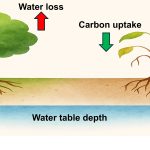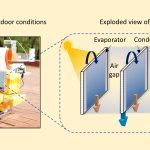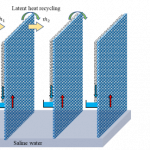
Researchers at IISc and collaborators have developed a new method to better understand an important part of the Earth’s water cycle called evapotranspiration (ET).
ET is the process by which water from land (including from plants) turns into vapour and returns to the atmosphere. This process is crucial because it helps control the Earth’s climate and distribute water around the world.
To estimate ET, researchers often rely on a concept called the water budget. The water budget is like a balance sheet that keeps track of all the water coming into and going out of a region. It considers three main factors: precipitation (water coming in as rain or snow), runoff (water flowing away through rivers and streams), and changes in water storage (water stored in the ground or in reservoirs). By understanding these components, researchers can estimate how much water is lost through ET.
However, measuring ET accurately has been difficult because available methods often give different results, especially in areas where human activities like farming affect water use.
The new method introduced in this study uses the Kalman filter, a mathematical tool that helps combine different estimates of ET from water budget to create a more accurate picture. The researchers used this method to analyse ET data from 2003 to 2016, and found that their estimates were more reliable, especially in places like the Ganges River basin in India, where a lot of irrigation happens (Figure 1). This new approach helps us understand how both natural factors (like rainfall) and human activities (like farming) impact ET.
This study provides a better way to measure how water moves from the ground to the atmosphere, helping us understand our planet’s water cycle more accurately. This is important for predicting future changes in climate and managing water resources better.







